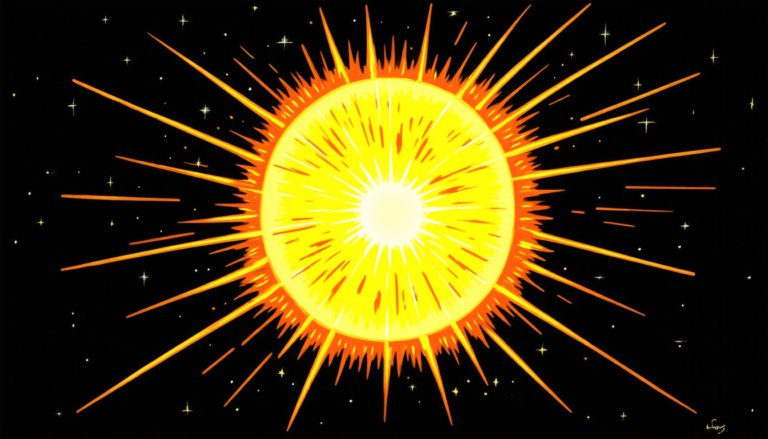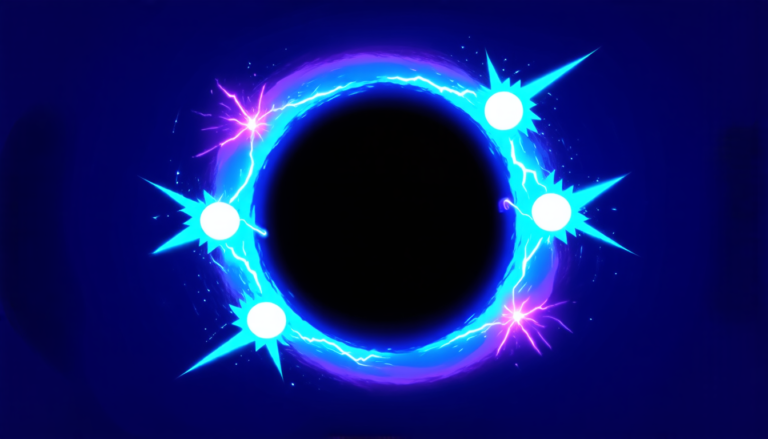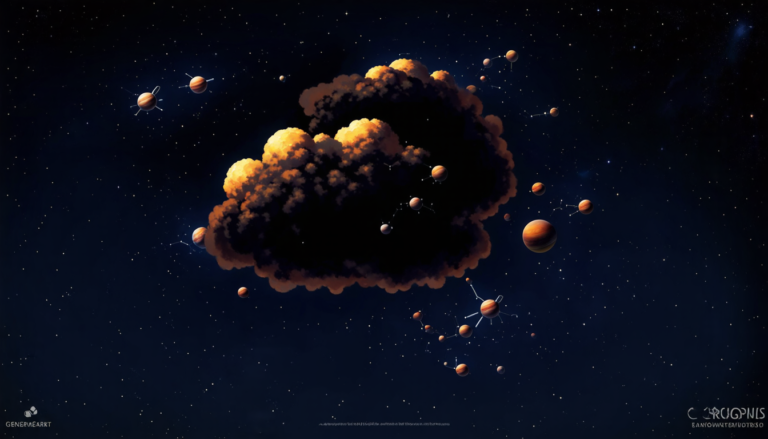Sunday 06 July 2025
Scientists have long been fascinated by a phenomenon known as high-temperature superconductivity, where certain materials can conduct electricity with zero resistance at unusually high temperatures. One of the most promising classes of materials for achieving this is the cuprates, which are a type of ceramic material that contains copper and other elements.
In recent years, researchers have made significant progress in understanding the behavior of these materials, but there is still much to be learned. A new study published in a scientific journal has shed light on the mysterious process by which charge order, or the arrangement of electric charges within the material, can be melted by using a laser.
The study used a technique called time-resolved X-ray absorption spectroscopy to observe the behavior of cuprate materials as they were pumped with a high-powered laser. The researchers found that when they used a laser with a wavelength of 800 nanometers (nm), the charge order remained intact, whereas when they used a laser with a wavelength of 400 nm, it was melted.
To understand why this is the case, we need to look at the electronic structure of the cuprates. These materials have a complex arrangement of electrons that can be thought of as being arranged in layers. The charge order refers to the way that these layers are aligned and how they interact with each other.
When the researchers used the 800 nm laser, it simply added energy to the material without affecting the alignment of the layers or the interaction between them. This is because the energy from the laser was not sufficient to overcome the forces holding the charge order in place.
However, when they used the 400 nm laser, it had a different effect. The energy from this laser was strong enough to excite electrons in the material and cause them to jump from one layer to another. This disrupted the alignment of the layers and caused the charge order to melt.
The researchers were able to observe this process by using X-ray absorption spectroscopy, which is a technique that involves shining X-rays on a material and measuring how much energy is absorbed. By analyzing the data, they were able to see the changes in the electronic structure of the material as it was pumped with the laser.
This study has important implications for our understanding of high-temperature superconductivity and the behavior of cuprate materials. It suggests that by using lasers with different wavelengths, we may be able to manipulate the charge order in these materials and potentially create new types of superconductors.
Cite this article: “Melting Charge Order in Cuprates: A Laser-Induced Phenomenon”, The Science Archive, 2025.
High-Temperature Superconductivity, Cuprates, Charge Order, Laser, X-Ray Absorption Spectroscopy, Electronic Structure, Layers, Electrons, Alignment, Wavelength







